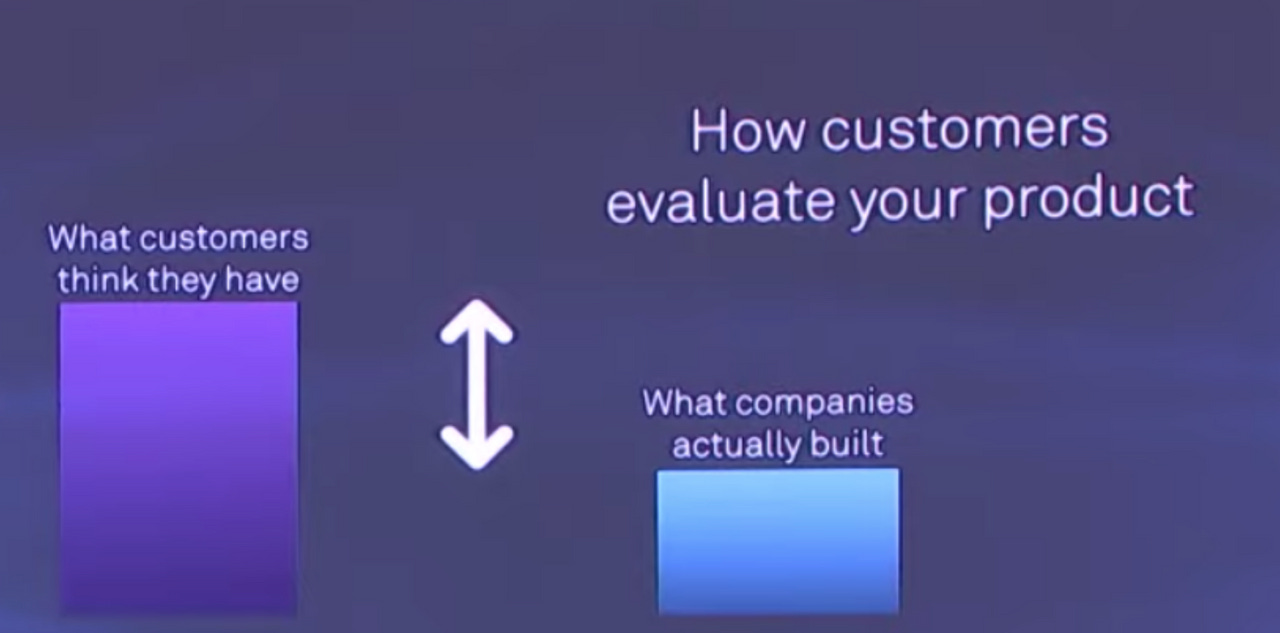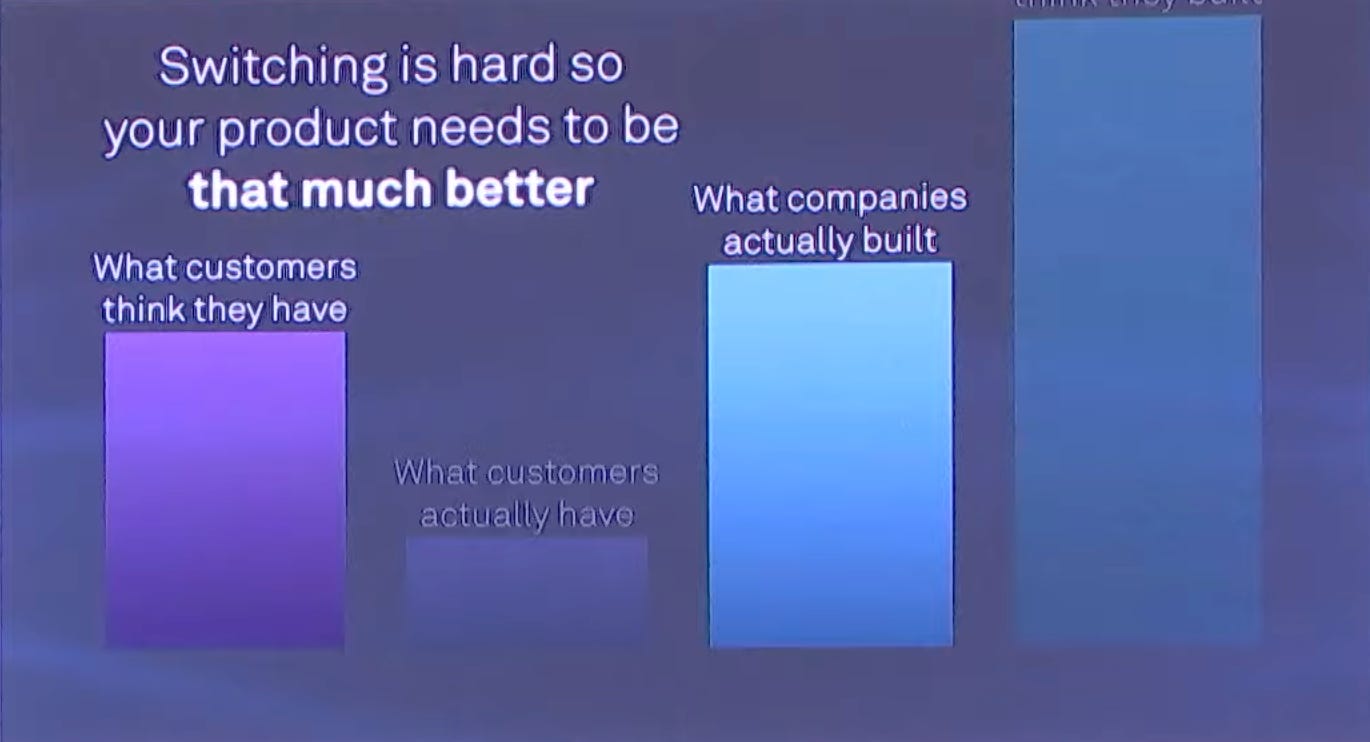🚀 Since the last edition, I’ve hit my 300th subscriber. I started 9 months ago. Not bad.
Welcome, all new followers and many thanks to those who stick around 😃
On to 400! Currently already at 393. Wait. Only 7 more? What happened there? That’s for the next edition. Such a tease, I know.
How to win (underserved) customers
Last week, I got a question via the Great-Good-Meh buttons. Btw, your feedback and questions are great, keep ‘em coming!
In relationship to the last post on job to be done positioning, a reader asked:
“If I want to win underserved customers, how do I know that they'd actually be willing to pay more for a better solution and aren't already satisfied with the existing solution - which is cheap and terrible, but does the job? (I know, probably just talk to customers..)”
Indeed, the easy answer is: talk to customers, bring a probe such as a brochure or landing page and let them respond.
I don’t have a lot of experience with talking people into a problem as a marketing strategy. (I do have a lot of experience with creating problems in my head, but that’s a different story #anxietysquad).
Most of the time I work with startups that work on problems that people recognise when shown a solution. If—even after explaining—you can’t get people interested, maybe your solution is not for them.
Still, the fact that people don’t want to switch to a new solution does not always signify a dead end. That has to do with the psychology of switching. Let’s go.
When do people switch to a new solution?
People switch when a new solution is better than the current solution. This is not only about the benefits of the new solution but also about problems with the existing one.
However, as per the previous diagram, there are also negative sides to switching. People are animals of habit that avoid uncertainty. This holds people off to switch.
Only when the push & pull outweigh the inertia and anxiety, people switch. On paper. In reality, founders often overvalue the push and pull and undervalue the inertia and anxieties.
The founder will look at the numbers and not see a hockey stick. They get confused (and sad), as they felt that their solution was better. Emotional damage. But, there’s hope.
People overvalue what they have
Potential customers don’t switch because people overvalue what they have. This goes both for founders and customers. This creates two issues.

1. You compare your innovator’s bias to your customer’s features
On one hand, you think your solution is so much better (perhaps like the reader at the start of this article?). You ask yourself: “Why wouldn’t they switch?”
2. Your customer compares their current experience to your features
On the other hand, your customer looks at your product and asks. “Why would I switch?” This creates a stalemate.
Overcome the overvalue gap
In order to break the pattern, you need two things: a better solution and an easy switch journey.
1. Build a better solution
Obviously, you need to build a better solution. Not just a little better, better than the customer currently experiences.
What does ‘actually’ mean? Is it features? I find this a weaker part of Des’ theory. I think it’s not only about the product. It’s also about how you let your customers experience your product and the ease of switching to it.
2. Design an easy switch journey
Your customer journey doesn’t start when the user uses your product the first time. It starts earlier, even before your solution is in sight.
You want the entire switch to be easy. You should design for that. The tougher the switch, the higher the upfront experienced benefits need to be.
For that, you need ingredients that allow you to design easy switching.
This step works best with some initial customers that report value. Without those initial users, going through these steps will still give you a great starting point.
Identify why and how people switch to you
You need to understand how your customers experience your solution. Interview customers that switched to you. Ask about push, pull, inertia and anxieties in interviews. Understand the customer timeline.
Pay close attention in your switch interviews and sales calls to which words people respond to. These will be great hooks for marketing and positioning.
Use the customer forces canvas to map your findings per customer.
Update your switch journey
Use the insights from above to update your switch journey. This might be a bit silly as an instruction, but I want to keep this article short.
In essence, you want to highlight the experienced outcome to overcome the overvalue gap. Here are some resources on how to implement the findings:
I hope this gives you some starting points to get more customers in. Or at least better understand why they are not coming in. As always, let me know what you think.
How was this article?
Great - Good - Meh
Voting is anonymous and helps me immensely.
Need a 1-1 session?
Looking for a sounding board on your strategy? Some input on your next experiment? Want to reach product-market fit?
I offer 30 and 60-minute sessions for founders and innovators. Bookable via the button above.










"You need to understand how your customers experience your solution."
Simple and powerful wording.